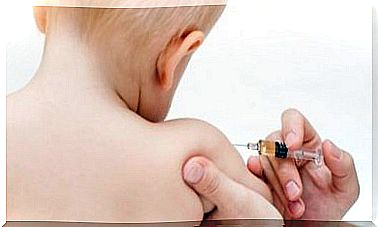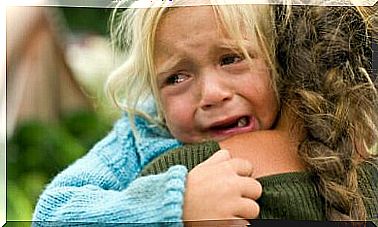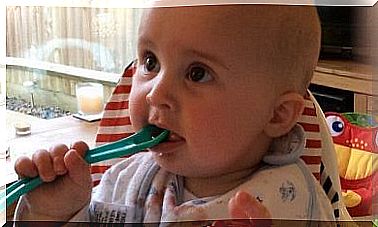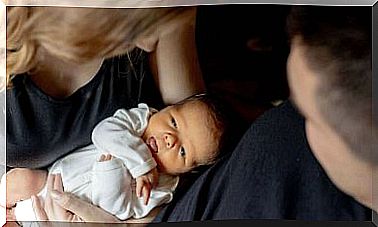Appendicitis In A Child

Appendicitis is, as the name implies, an inflammatory condition of the appendix. The appendix can become inflamed in a person of any age, but most commonly patients are 10 to 30 years old. About two thousand children suffer from an inflamed appendix each year, and appendicitis is the most common inflammation in children requiring surgical treatment of the abdominal area. Inflammation is rare in children under 2 years of age.
Appendicitis is a nasty disorder that causes severe abdominal pain that, if left untreated, leads to the onset of the appendix and, through it, inflammation of the peritoneum, a serious condition whose complications can, at worst, lead to death. Therefore, it is important that parents take their child’s abdominal pain seriously and monitor the child for other symptoms.
Symptoms of appendicitis in a child
Detection of appendicitis can be made difficult by the fact that its symptoms may initially be very similar to those caused by acute gastroenteritis, constipation, or flatulence.
The most common signs of appendicitis are the following symptoms that develop within 1-2 days:
- Stomach ache
- Fever
- Nausea and vomiting
A child’s appendicitis usually begins with a mild fever, anorexia, and pain felt throughout the abdomen or in the middle of the upper abdomen. At first, the pain may alternately ease and worsen, but eventually it intensifies and becomes continuous. Within a few hours, the pain moves to the right lower abdomen, which is a sign that the inflammation may be spreading to the abdominal cavity. In addition to abdominal pain, the child may suffer from nausea and vomiting and, in some cases, mild diarrhea.
An inflamed appendix can erupt, leading to inflammation of the peritoneum, accompanied by increased pain, decreased general well-being, and often fever and vomiting. It is good for parents to know that the onset of the colon will lead to temporary relief of pain. Therefore, it is important to monitor a child with severe abdominal pain even after the pain has subsided.

What causes appendicitis in children?
The small intestine is the early part of the colon into which the small intestine falls. At its base is a 5-15 cm long tubular part of the intestine called the appendix. Appendicitis is most often caused by the opening of the appendix cavity narrowing, causing the appendix to become irritated and swollen. This can lead to the accumulation of bacteria that inflamm the appendix wall.
Treatment of appendicitis
Appendicitis is often detectable by simple medical examination and laboratory tests. For example, a doctor feels a child’s stomach and listens to intestinal sounds with a stethoscope. Echo examination or computer layer imaging is usually performed to confirm the diagnosis.
The inflamed appendix is removed by surgery. Today, many appendicitis in adults can be treated with antibiotics instead of surgery, but in children, appendicitis is removed in almost all cases. Fortunately, this is a simple routine procedure that can most often be performed as an endoscopy. Surgery is often combined with painkillers, intravenous hydration, and antibiotic therapy.
After removal of the appendix
Children usually recover quickly from appendectomy, and if no complications occur, the patient is usually discharged from the hospital 2-3 days after surgery. In the event of a ruptured appendix, the child may be kept in hospital for longer.
After removing the appendix, the most important thing is to keep the incision area clean. The child does not have to follow a certain diet after the procedure, but can eat the same foods as before. As for other activities at home, the child is free to do everything he can. However, rest is important for the first few days after arriving home.

Although removal of the appendix is now a routine procedure, parents should monitor the child’s condition after returning home. If any of the following symptoms occur in your child, you should contact your healthcare professional as instructed by the hospital:
- High fever
- Surgical area bleeding
- Increased redness or swelling of the surgical site
- Worsening pain despite painkillers
- Yellowish or greenish discharge
- Loss of appetite or vomiting
If your child is having an appendectomy, you should explain the situation to him or her honestly. It is a good idea to tell the child what the problem is, what it is causing and how it is being treated. The child may be scared, so it’s a good idea for parents to explain to him or her that many other children are going through the same situation, and there’s nothing to fear.









